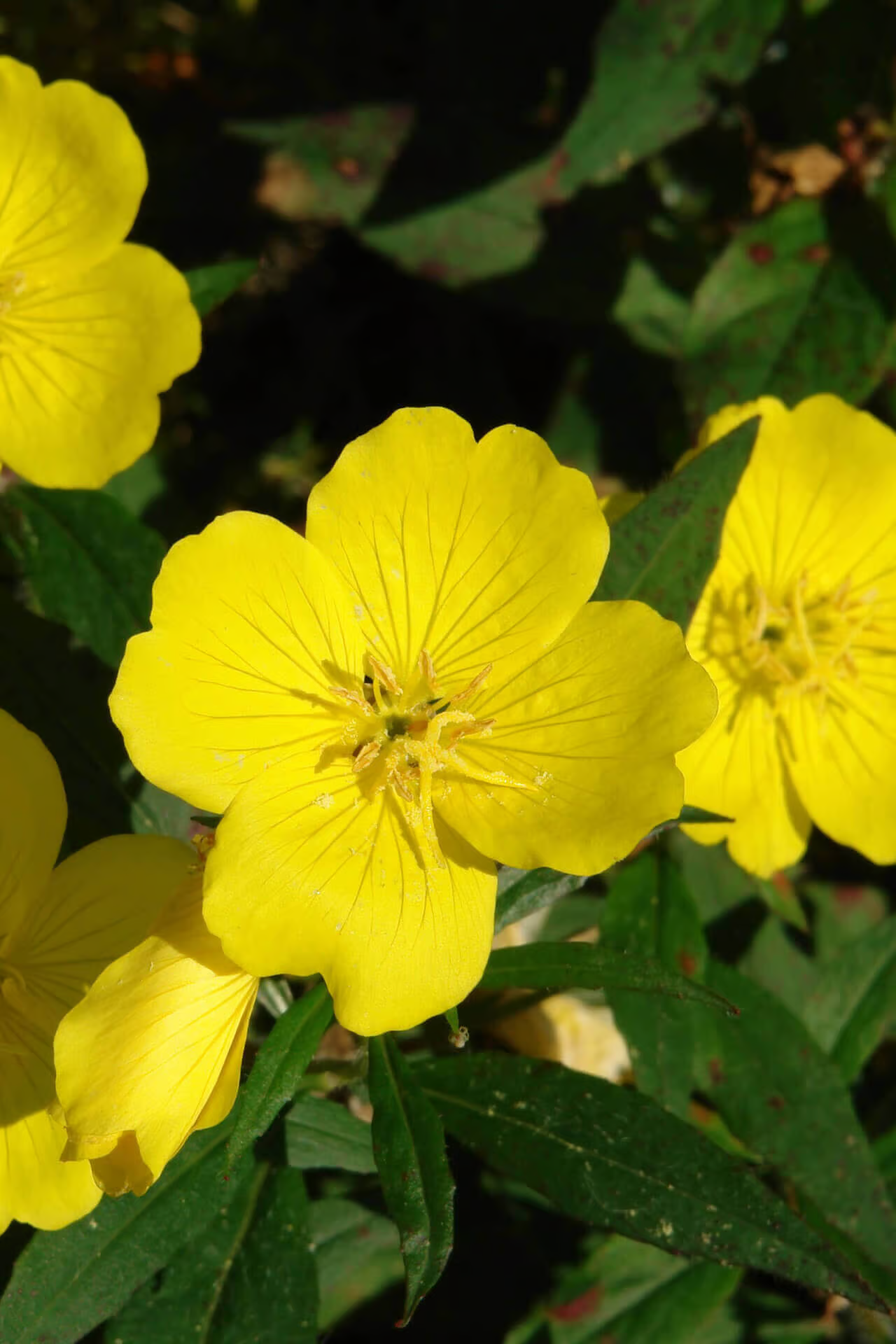What We Ship
The Benefits of Bare Root Plants
Bare root plants are shipped without soil or pots, making them lightweight and easy to handle. They arrive dormant, ready to be planted and thrive as beautiful, healthy additions to your garden.
Your Growing Zone Is:
Shop Plants For My Zone
Nighttime Bloomer:
Evening Primrose flowers open at dusk, adding a unique and enchanting element to your garden. Their evening blooms provide a beautiful display when many other flowers have closed for the day.
Vibrant and Varied Colors:
The plant produces a range of colors, from soft pinks to vibrant yellows, creating a striking visual impact. This variety can complement and enhance the overall aesthetic of your garden.
Versatile Landscaping:
Evening Primrose is adaptable to different garden settings, including borders, wildflower meadows, and container gardens. Its versatility makes it an excellent choice for enhancing various landscape designs.
Medicinal Properties:
Evening Primrose is known for its beneficial oil, which is often used in herbal remedies for skin conditions and inflammation. Growing this plant offers both aesthetic and potential health benefits.
Caring Tips
Each box contains detailed care instructions and information about your product. But here's the basics.
Care Tips
Evening Primrose thrives in well-drained soil and requires regular watering. Trim older flowers to encourage continuous blooming and prevent self-seeding. In spring, fertilize to support robust growth and flowering.
Light Requirements
Evening Primrose flourishes in total sun to part shade. It prefers at least 6 hours of direct sunlight daily for optimal growth and flowering. In areas with partial shade, ensure it receives morning sun for the best results.
Hardy Planting Zones
4 • 5 • 6 • 7 • 8 • 9